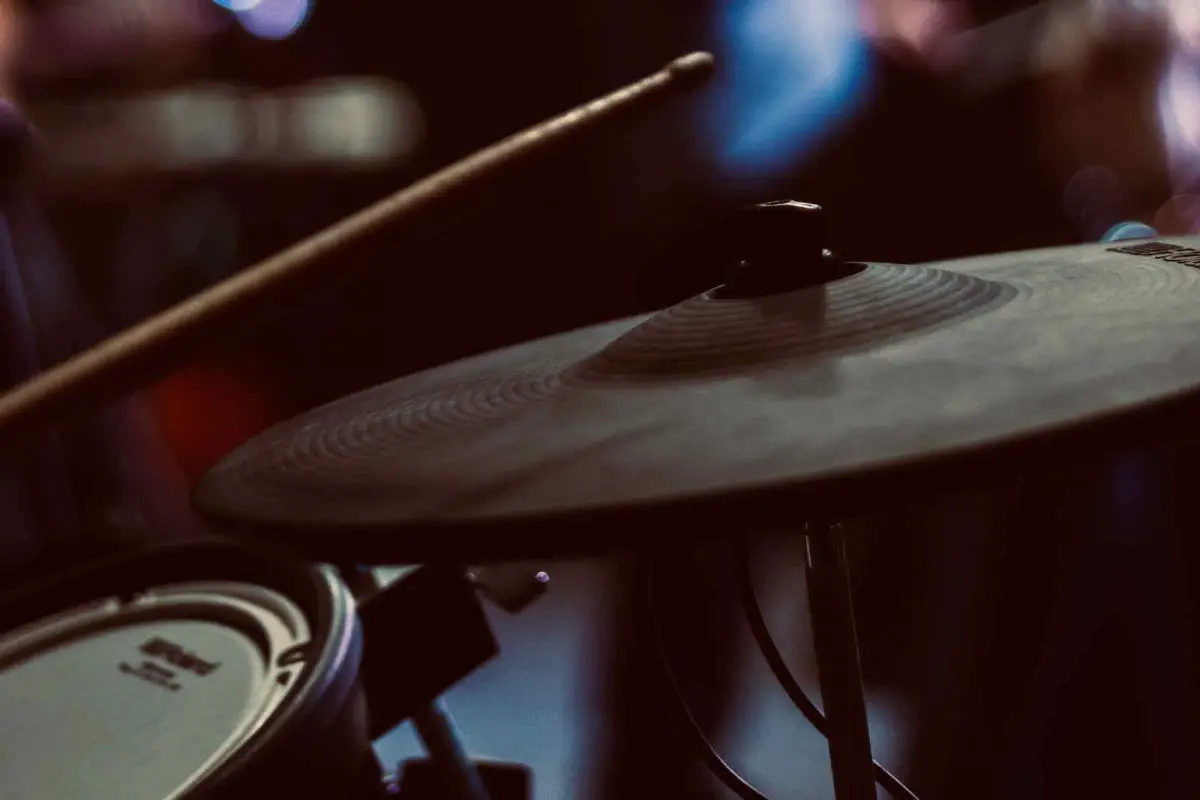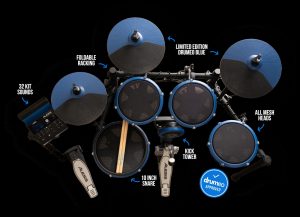Do electronic drums require a DI box?
You don’t need a DI box for electronic drums, as it is possible to take the master out from your drum module and feed this straight into the PA system via the line input.
However, if a line input is not available on the PA’s mixing desk or another audio interface, or your mixing desk or interface is over 4-6 metres away, then you may need a DI box. To find out why let’s take a look at what DI boxes actually do.
Why might you need a DI box?
First of all, what is a DI box? A DI box, short for direct injection box, is a device that converts an unbalanced, high-impedance instrument or line-level signal, into a balanced, low-impendence mic-level signal. But what does that mean exactly? In short, it’s important to connect a device to a mixing desk or interface via an input that is designed to receive that type of signal, and a DI box helps you achieve this.
Mixing desks and interfaces can have dedicated inputs for different types of devices, such as:
- Mic – for microphones
- Instrument – for electric guitars, basses, or electro-acoustic guitars
- Line – for electric pianos, eDrums or drum machines
If the mixing desk or interface you’re connecting to has a line input, then you don’t need a DI box.
However, not all desks will have all three input types, though they will all have mic inputs in the form of XLR inputs. These are designed to receive a low impedance, mic-level signal, which is what a DI box converts audio inputs into.
Do you need a DI box to play electronic drums live?
If you’re playing your electronic drums at a live music venue, then typically the sound engineer will have a stage box where all inputs and microphones are plugged into and fed into the mixing desk towards the back of the room. The stage box will usually only have XLR inputs, which are for low-impedance inputs designed for mic-level signals. This is when you will need a DI box to connect your eDrums to the mixer.
Do I need a DI box to connect my drums via long cables?
The stage box is a good example of when a DI box is needed. The reason a stage box is used is that the mixing desk will be at the other end of the room.
If you don’t have access to a stage box but need to connect your electronic drums to a mixer that is over 4 to 6 metres away, then you will need to use a DI box.
Here’s an overview of the technical reason behind that. As we’ve seen, a DI box converts unbalanced signals to balanced ones. Balanced signals reject interference such as buzzing or humming, unbalanced signals do not. This is where the 4-6 metre maximum length for a cable carrying an unbalanced or line signal comes in – any more than this, and sound quality is reduced. Meanwhile, a balanced mic-level signal can be transmitted via cables that are hundreds of metres in length.
How to use a DI box with electronic drums
DI boxes are very easy to use! Simply take the output from your drum module, usually via a pair of cables with 6.35mm plugs, and insert these into the DI box’s input. Next, take the DI box’s output into the mixing desk or interface via the XLR sockets.
Check what outputs your drum module has
A small number of high-end drum modules like the Roland TD-50 include a pair of XLR outputs which provide a balanced audio signal. This means a DI box is not needed, even when needing to run cables over a long distance.
Speak to the audio engineer
As we’ve seen, electronic drums do not need a DI box, though you might need to consider using one if you’re playing at a live venue. It is common practice for acts to coordinate what equipment is needed prior to a gig or performance, so a top tip is to speak to the audio engineer first and ensure you or the venue have everything you need to connect your electronic drums to the house PA.
If you gig regularly with your electronic drums, it may be a good idea to keep a DI box in one of your gig bags with your module, just in case the venue cannot provide one or there is an equipment failure. Fortunately, these can be had for a very low price, typically around £25-30 in the UK or from about $30 in the US.
Featured image by Eduardo Soares
This article contains affiliate links. If you purchase a product through certain links on our site, we may earn a small affiliate commission. Learn more about our adverts and why you can trust eDrumHub here.




